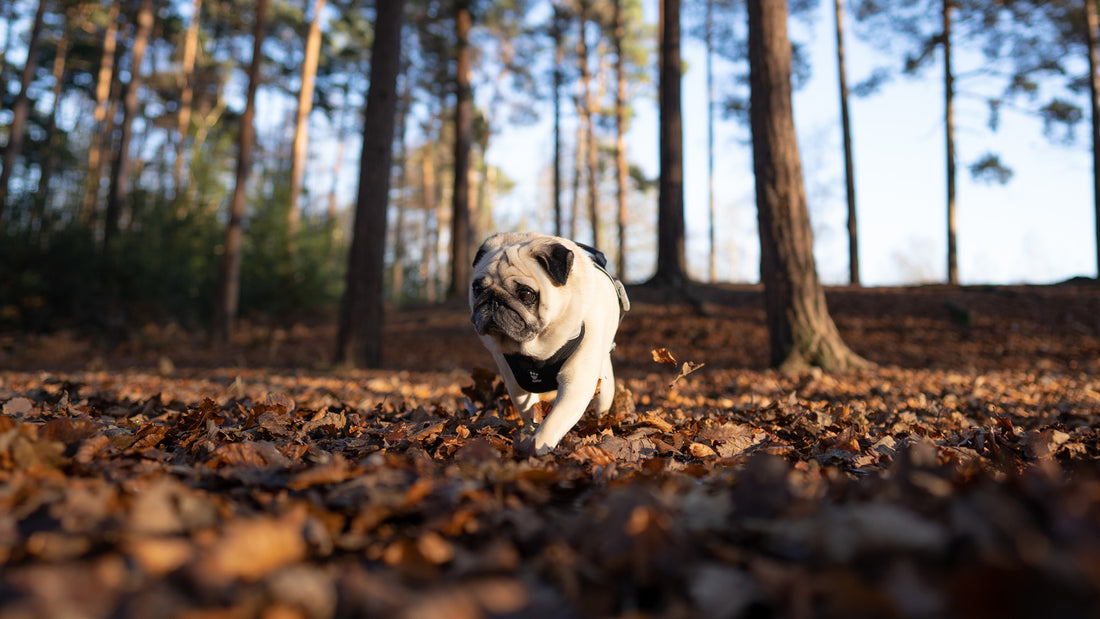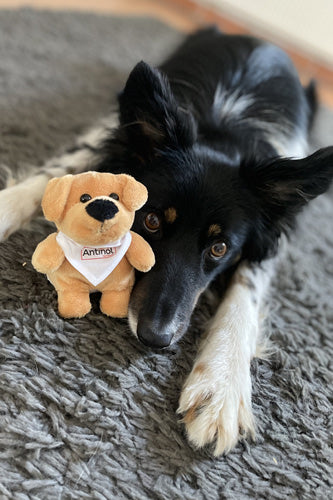On average, small breed dogs live 10 to 15 years — around 40% longer than large breeds such as a Rottweiler.
Living such long lives is wonderful. More adventures together, extra sofa snuggles and years of extra licks and wags, but those extra years do have a downside.
These long-lived pooches are classed as geriatric for longer than a larger breed dog, and we need to be mindful of supporting their joints for a better quality of life over those extra years.
So, what mobility problems do small dogs face? Are they the same concerns as larger dogs?
Learn what the causes of mobility issues are in small dogs and keep your mini-pal mobile.

Causes of Mobility Problems in Small Dogs
Many factors can impact your dog’s mobility, but there are three main issues that are particularly important in the joint health of small breed dogs.
Weight
In 2020 78% of veterinary professionals said they had seen an increase in pet obesity in the previous two years, and for the past decade, weight management has been the most significant health concern facing vets.
Despite this, the data suggests that many pet owners don’t realise their pet is overweight and are unsure how to assess a healthy body condition.
Increased bodyweight has a multitude of adverse health impacts for small dogs, and overweight dogs are more likely to suffer from mobility difficulties. Extra weight increases the wear and tear on joints, leading to arthritis. Fat tissue itself is an inflammatory tissue that can exacerbate health conditions such as osteoarthritis.
For those dogs already suffering from osteoarthritis, studies have shown that losing just 5% of bodyweight can improve lameness scores and help dogs live more comfortable lives.
Long Lives in a Big World
Small dog breeds such as the Chihuahua or Jack Russell terrier can live around 40% longer than larger breeds, such as a Labrador or Rottweiler. This means that small breed dogs live a longer portion of their lives as “geriatrics”, with more wear and tear on their joints.
To your teeny dog, the world is a huge place.
Getting around takes much more effort when you are mini— with bigger leaps onto the couch and mountainous stairs to scale. The extra bounce needed to get around when the world is so big puts a greater strain on your small dog’s joints.
The jump onto the couch is much smaller for a Labrador than a Dachshund.
Genetic Conditions
Many people are aware of the genetic issues associated with certain dog breeds — hip dysplasia in Labradors, and elbow dysplasia in German Shepherds for example.
But did you know that small dogs also suffer from conditions that predispose them to mobility problems?
Elongated spines make Dachshunds particularly vulnerable to intervertebral disc disease (IVDD), among other spinal mobility concerns, leading to osteoarthritis of the spine.
Short Legs Come with their Own Issues
Some breeds (such as the Corgi, Dachshund and Basset Hound) may have chondrodysplasia, which is a shortening of the limbs caused by abnormal development of the cartilage and bone. This carries the long-term risk of arthritis, IVDD and hip and elbow dysplasia.
Your mini-pup is small and mighty, but longer lives mean they will need more long-term support to keep their joints healthy.
Check out our article packed with tips to keep your small dog mobile for longer here.









